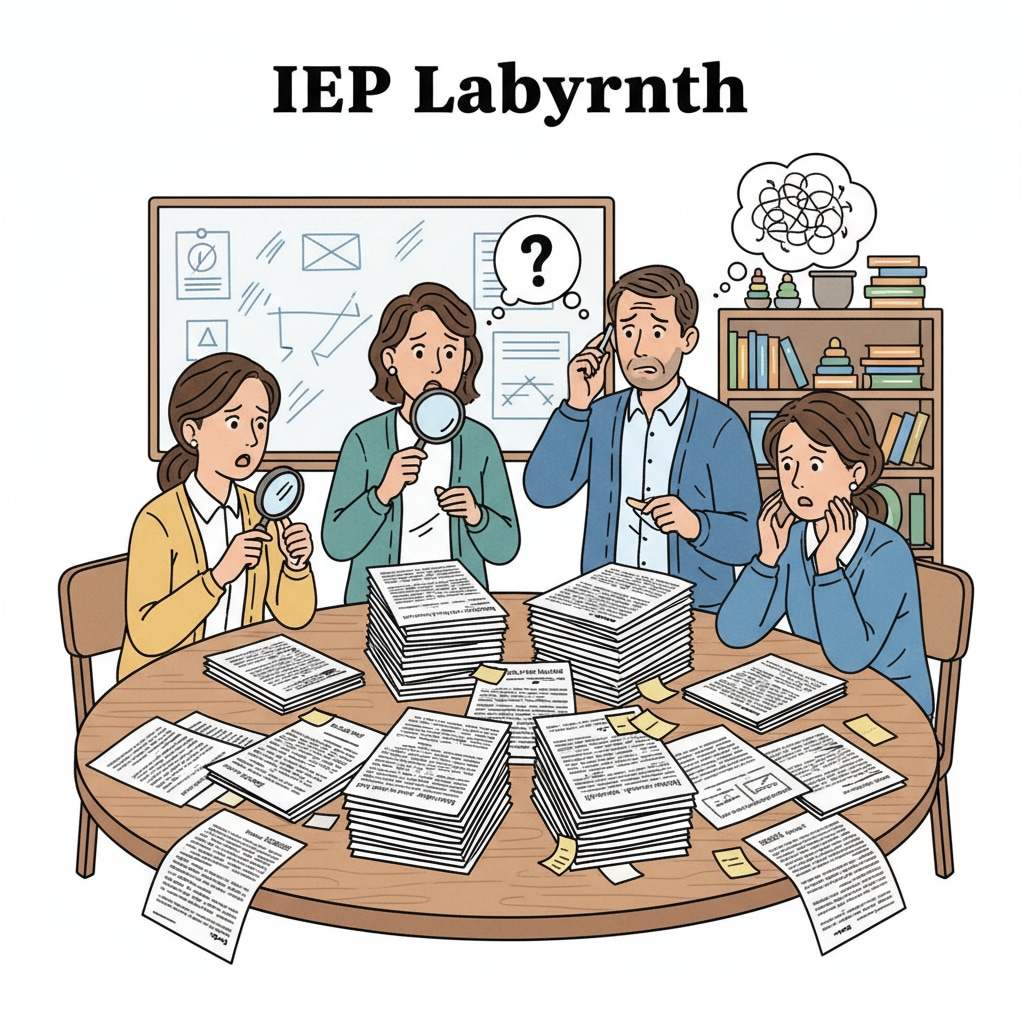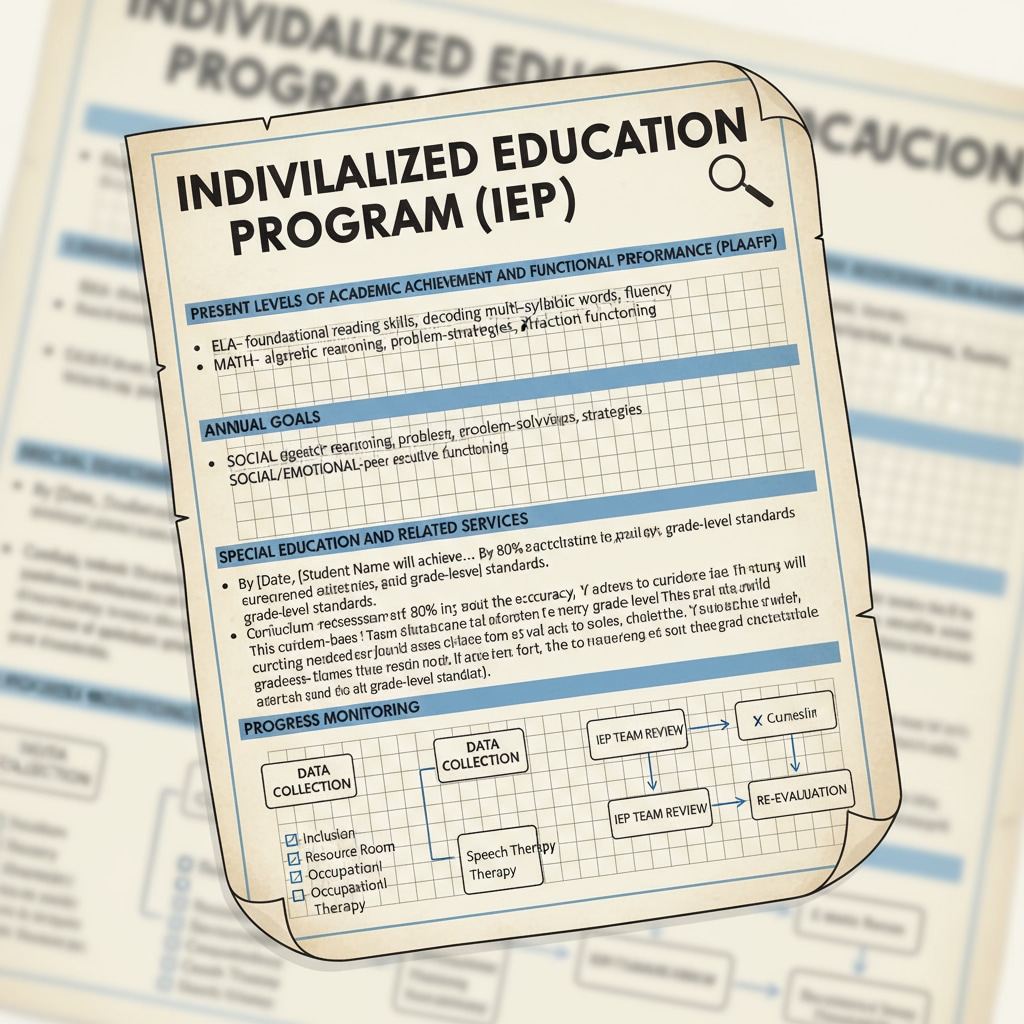Special education, IEP, and comprehension difficulties are significant issues that special educators frequently encounter. Individualized Education Programs (IEPs) are crucial documents designed to meet the unique needs of students with disabilities. However, many educators find themselves struggling to fully understand these complex files.

The Complexity of IEP Documents
IEP documents are filled with jargon and technical terms. For example, terms like “least restrictive environment” and “functional behavioral assessment” can be confusing for educators who are not well-versed in special education terminology. These complex terms make it difficult for educators to grasp the full meaning of the document. In addition, the format of IEP documents can vary widely from district to district, adding another layer of complexity. According to Understood.org, this lack of standardization can lead to misunderstandings and inconsistent implementation of IEPs.

Factors Contributing to Comprehension Difficulties
One major factor is the lack of proper training. Many special educators receive insufficient training on how to interpret and implement IEPs. As a result, they may not know how to analyze the goals and objectives set in the documents. Another factor is the time constraint. Educators often have a heavy workload and limited time to devote to thoroughly reading and understanding IEP files. This can lead to a superficial understanding of the documents. Moreover, the individualized nature of IEPs means that each document is unique, further complicating the process of understanding.
To address these issues, several solutions can be implemented. Simplifying the language used in IEPs is a crucial step. Using plain language and avoiding unnecessary jargon can make the documents more accessible. Optimizing the file structure, such as having a clear table of contents and headings, can also improve comprehension. Additionally, providing ongoing professional training to educators can enhance their skills in interpreting and implementing IEPs. The National Center on Special Education in Charter Schools offers valuable resources and training opportunities for special educators.
In conclusion, special education, IEP, and comprehension difficulties are areas that need attention. By recognizing the challenges and implementing appropriate solutions, we can help special educators better understand IEPs and ultimately provide better support for students with special needs.
Readability guidance: The content uses short paragraphs to summarize key points. Each H2 section provides a clear focus. The proportion of passive voice and long sentences is controlled, and transition words are used throughout to enhance readability.


